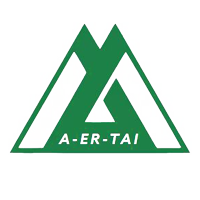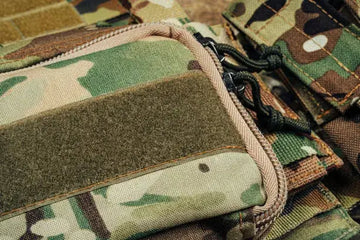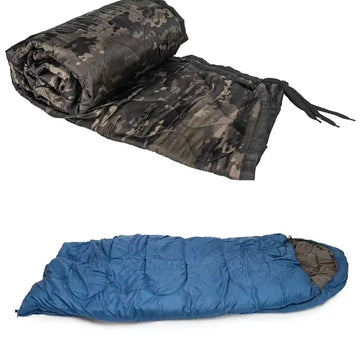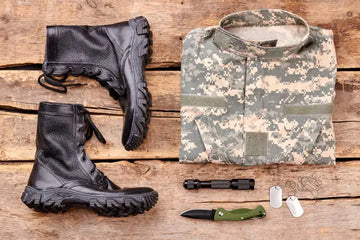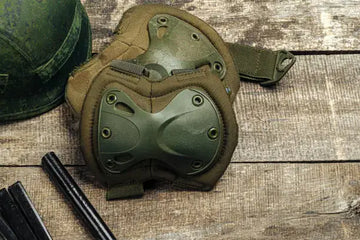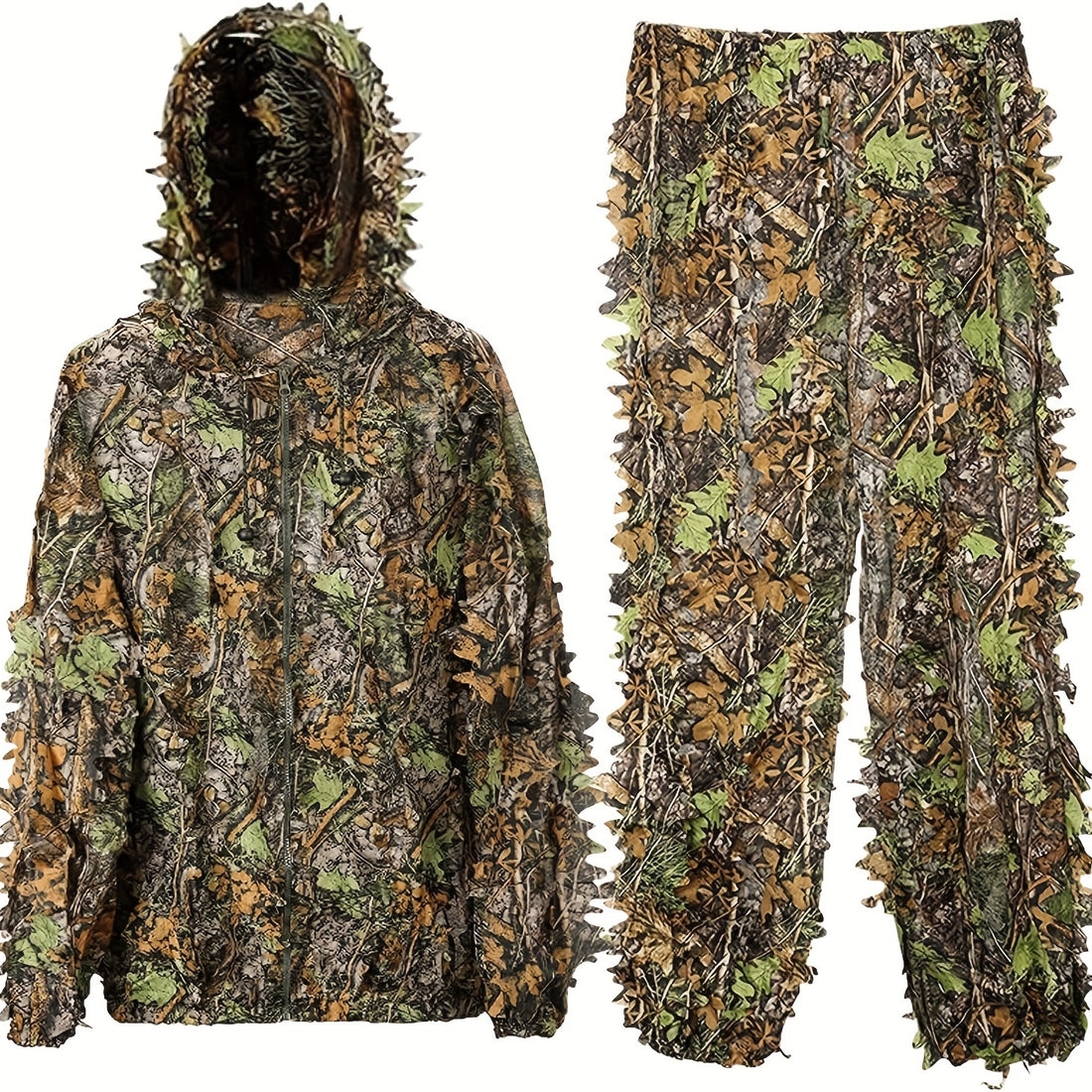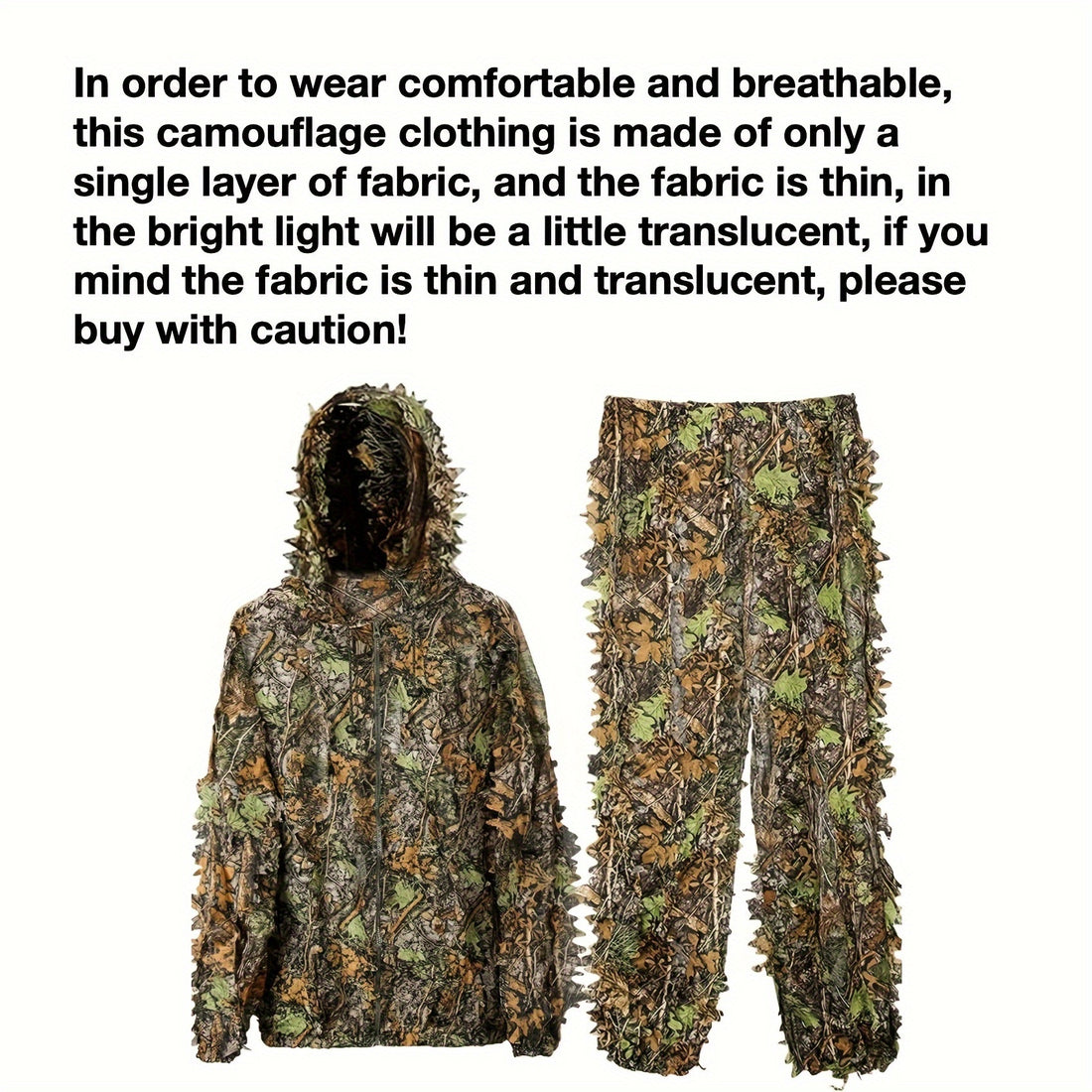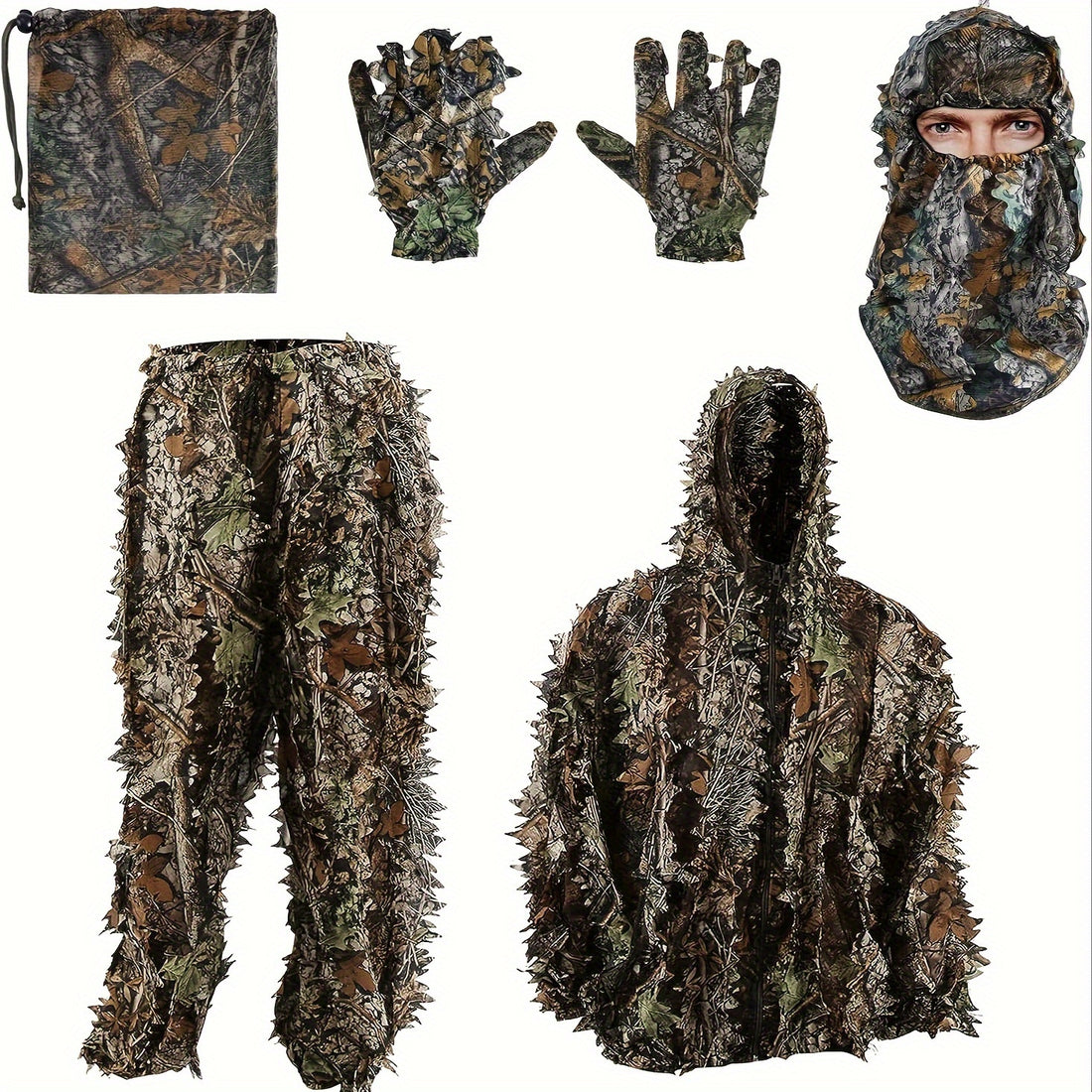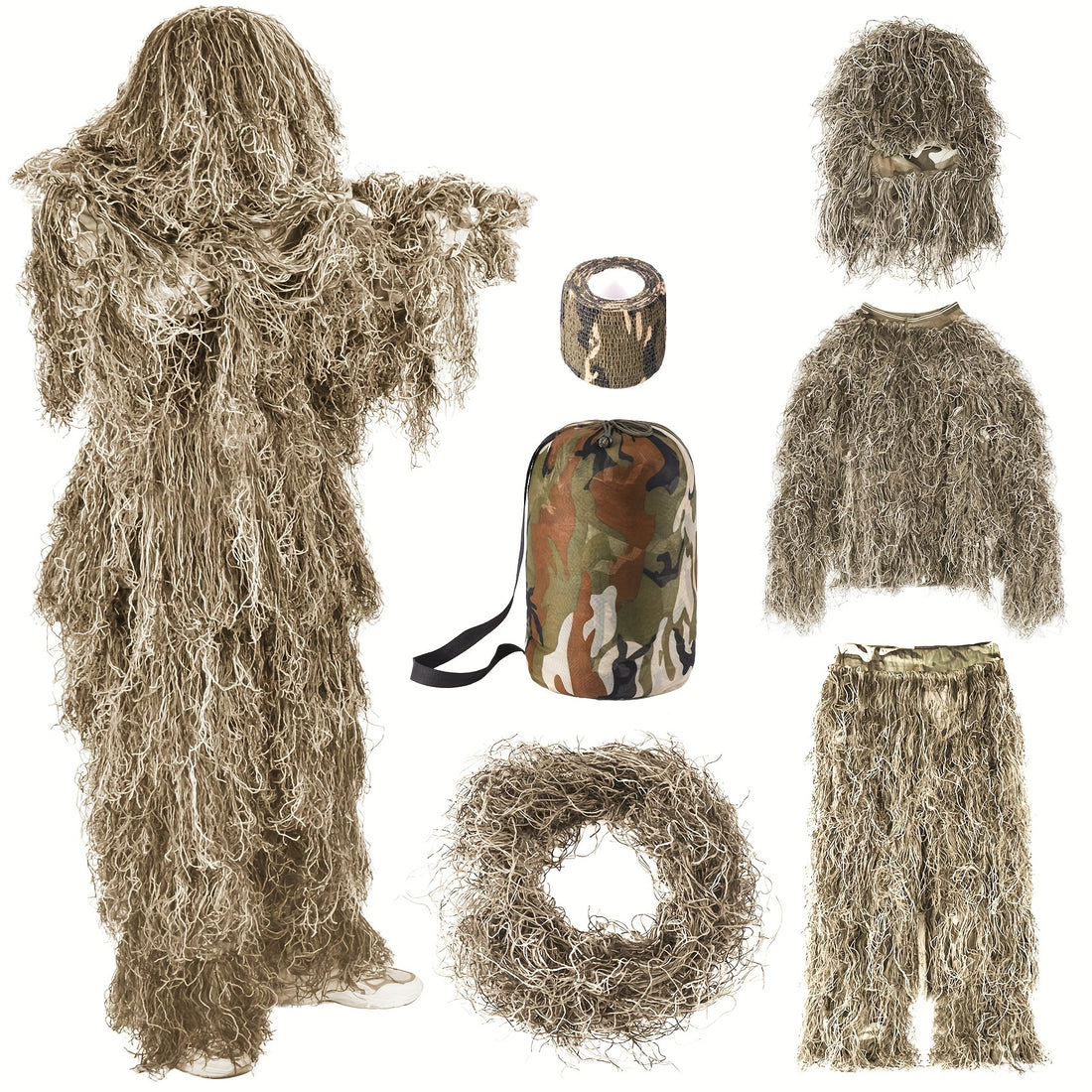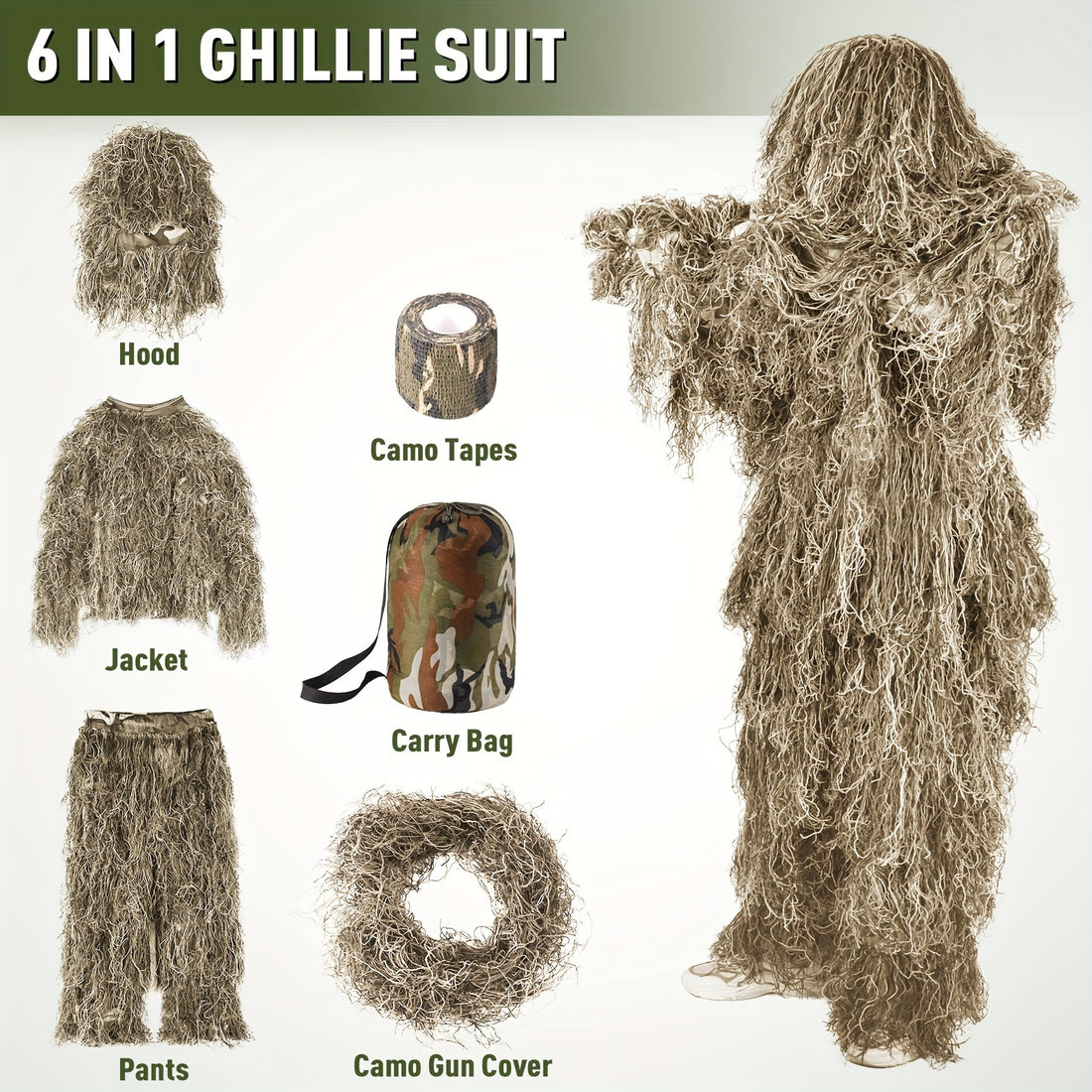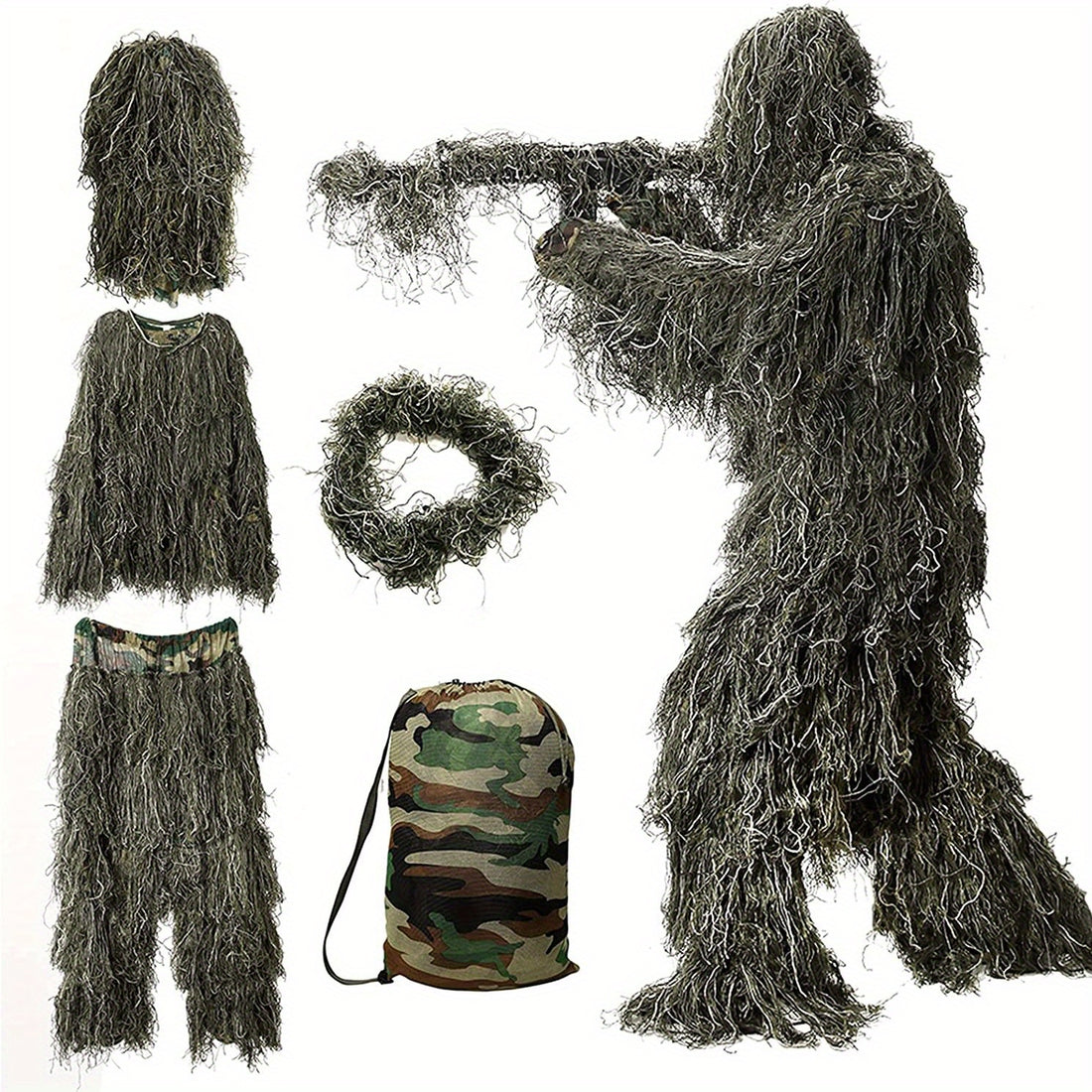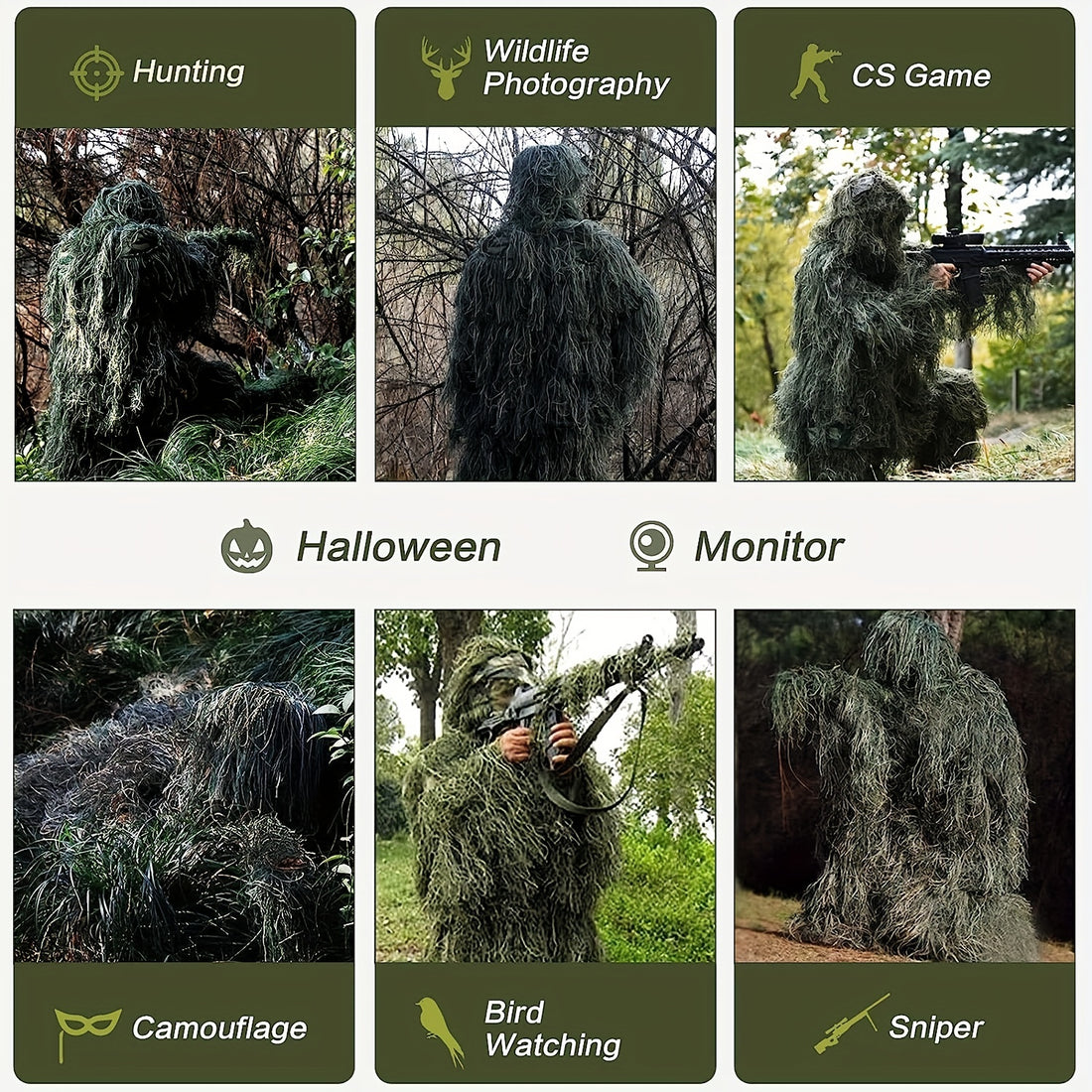Proper maintenance is critical for ensuring body armor performs as designed. This guide covers evidence-based practices to preserve your armor’s ballistic integrity, comfort, and warranty coverage.
1. Understanding Body Armor Lifespan
- Industry Standard: Most armor has a 5-year warranty, but actual lifespan depends on use, environment, and care (NIJ Standard 0101.07).
- Key Degradation Factors: UV exposure, moisture, improper storage, and physical impacts.
- Hard vs. Soft Armor:
Ceramic/Polyethylene Plates: Last 5–10 years (less prone to environmental damage).
Soft Armor Panels: More vulnerable to moisture/UV; typically 5-year lifespan.
2. Essential Dos
2.1 Storage Best Practices
- Environment: Store in a cool, dry place (15–25°C / 59–77°F) with <60% humidity. Use silica gel packs in storage bags.
- Position: Hang soft armor or lay flat—never fold (causes permanent creases).
- Carrier Care: Remove panels when not in use to prevent stretching.
2.2 Cleaning Procedures
Soft Armor:
- Wipe with a damp cloth and mild soap (e.g., Dawn®).
- Air-dry away from direct heat/sunlight (24–48 hours).
Hard Armor: Clean with isopropyl alcohol (90%) to disinfect without residue.
Carriers: Machine-wash cold (if permitted) using non-bleach detergent.
2.3 Regular Inspections
Monthly Checks: Look for:
- Fraying, delamination, or odor in soft armor.
- Cracks/chips in ceramic plates (hold up to light).
- Warping in polyethylene plates.
Document Findings: Photograph damage for warranty claims.
3. Critical Don’ts
Avoid These Common Mistakes
❌ Never machine-wash/dry soft armor: Agitation damages fibers.
❌ Avoid UV exposure: Sunlight degrades aramid fibers (Kevlar®) and UHMWPE. Store away from windows/vehicles.
❌ Don’t modify armor: Cutting, sewing, or bleaching voids warranties.
❌ Never stack heavy items on stored armor (distorts shape).
Environmental Hazards
- Chemicals: Gasoline, solvents, or insect repellents can dissolve adhesives.
- Salt/Sweat: Rinse saltwater/sweat off immediately to prevent corrosion.
-
Extreme Temperatures: Don’t leave in cars (>80°F/<20°F damages materials).
4. When to Replace Your Armor
Replace immediately if:
Impact Damage: After any ballistic hit or significant drop (even if no visible damage).
Wear Indicators:
- Soft armor: Stiffness, discoloration, or fiber separation.
- Hard armor: Spiderweb cracks, denting, or edge crumbling.
Warranty Expiry: Most manufacturers (e.g., Hesco, Ceradyne) recommend replacement at 5–7 years regardless of condition.
ℹ️ Note: Some insurers/law enforcement agencies mandate stricter timelines.
5. Warranty & Professional Servicing
Register Your Armor: Submit warranty cards to activate coverage (e.g., Point Blank).
Professional Inspection: Send to the manufacturer every 2–3 years (e.g., Armor Express’s FIT Program).
Recertification: Companies like Ceradyne offer ballistic re-testing for ceramic plates.
Conclusion
Body armor maintenance directly impacts its life-saving performance. By avoiding UV/moisture, inspecting regularly, and replacing on schedule, you ensure reliability. Always prioritize manufacturer guidelines over anecdotal advice.
Shop our plate carriers designed for high performance.
